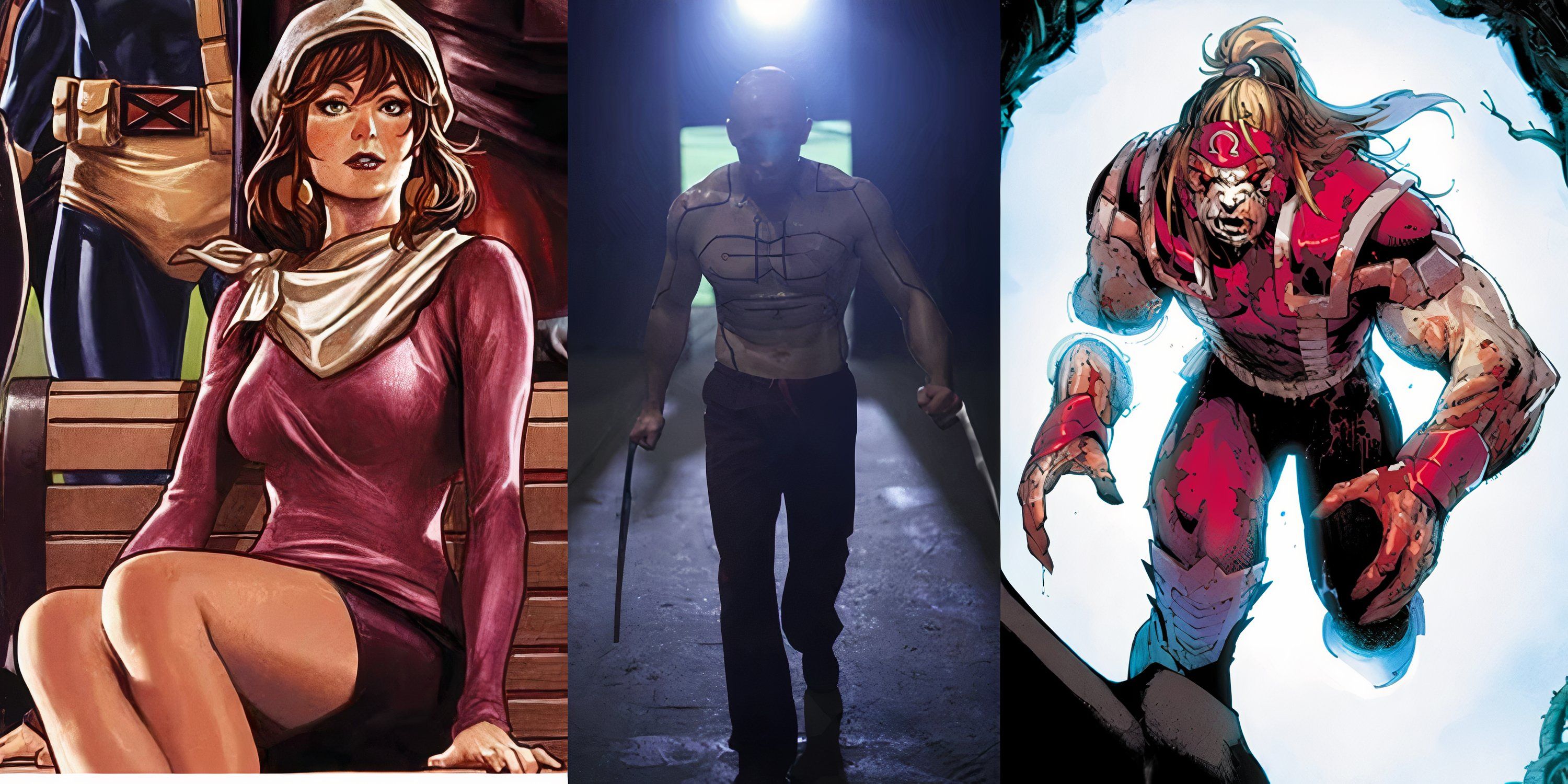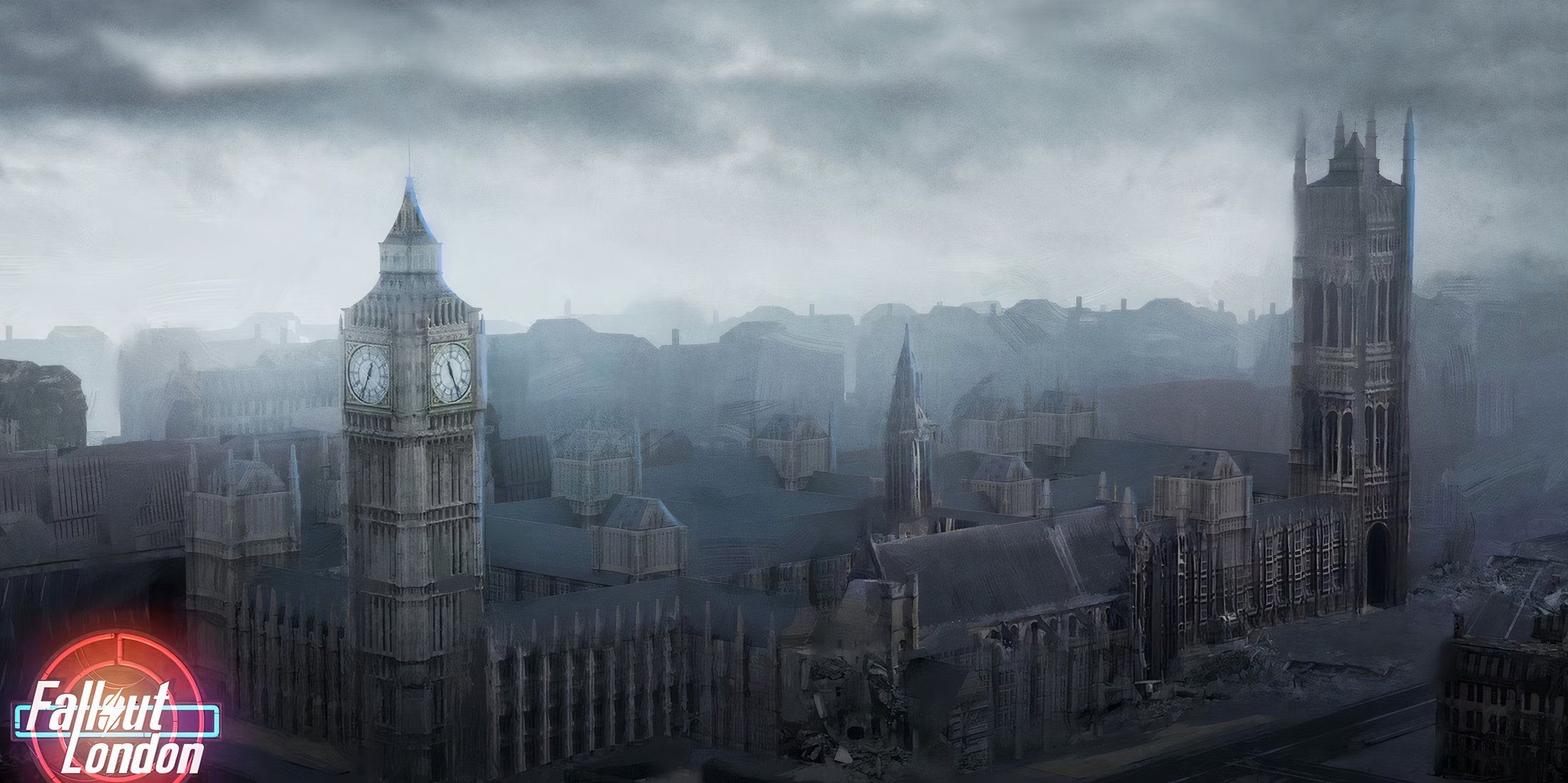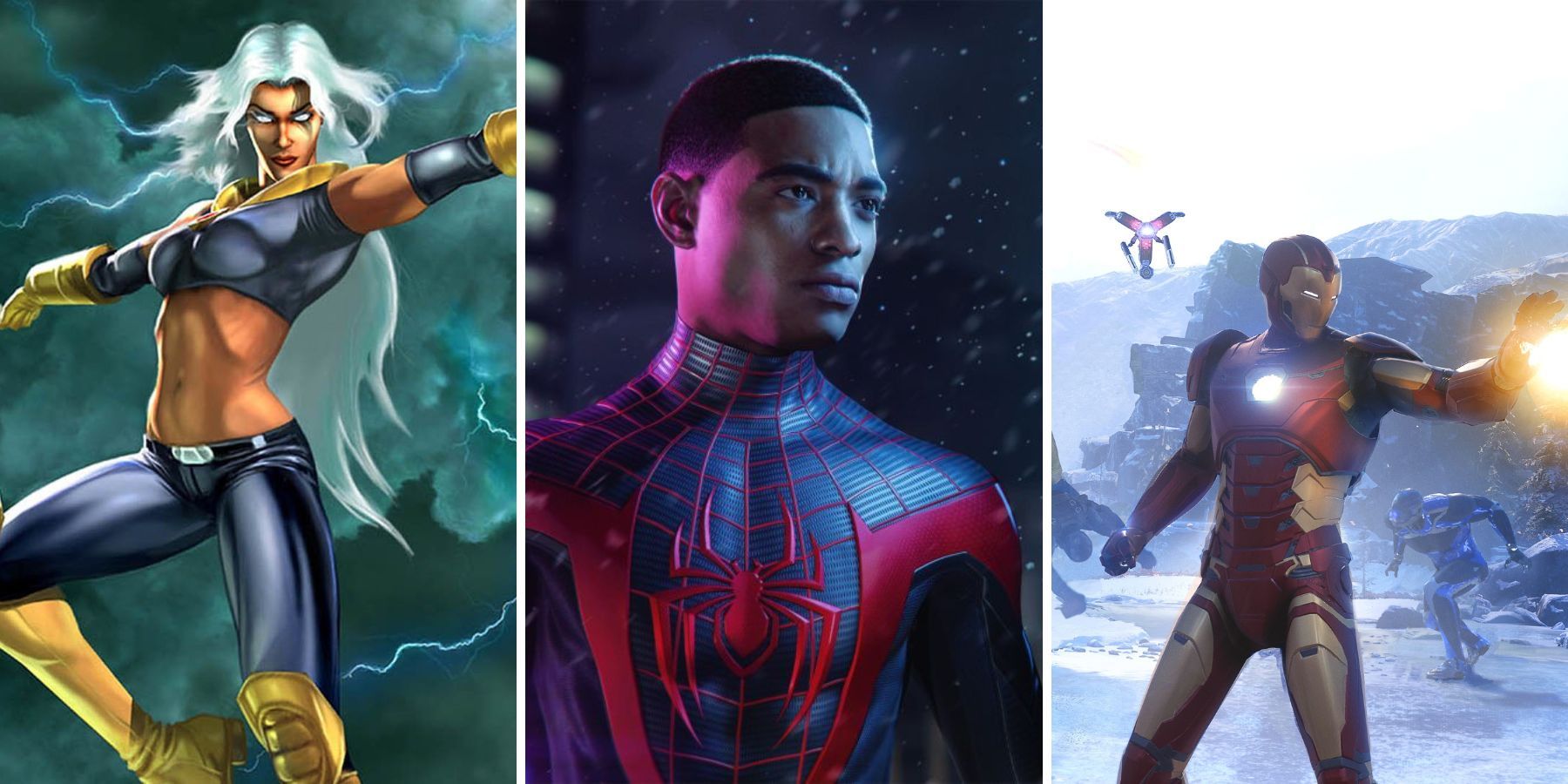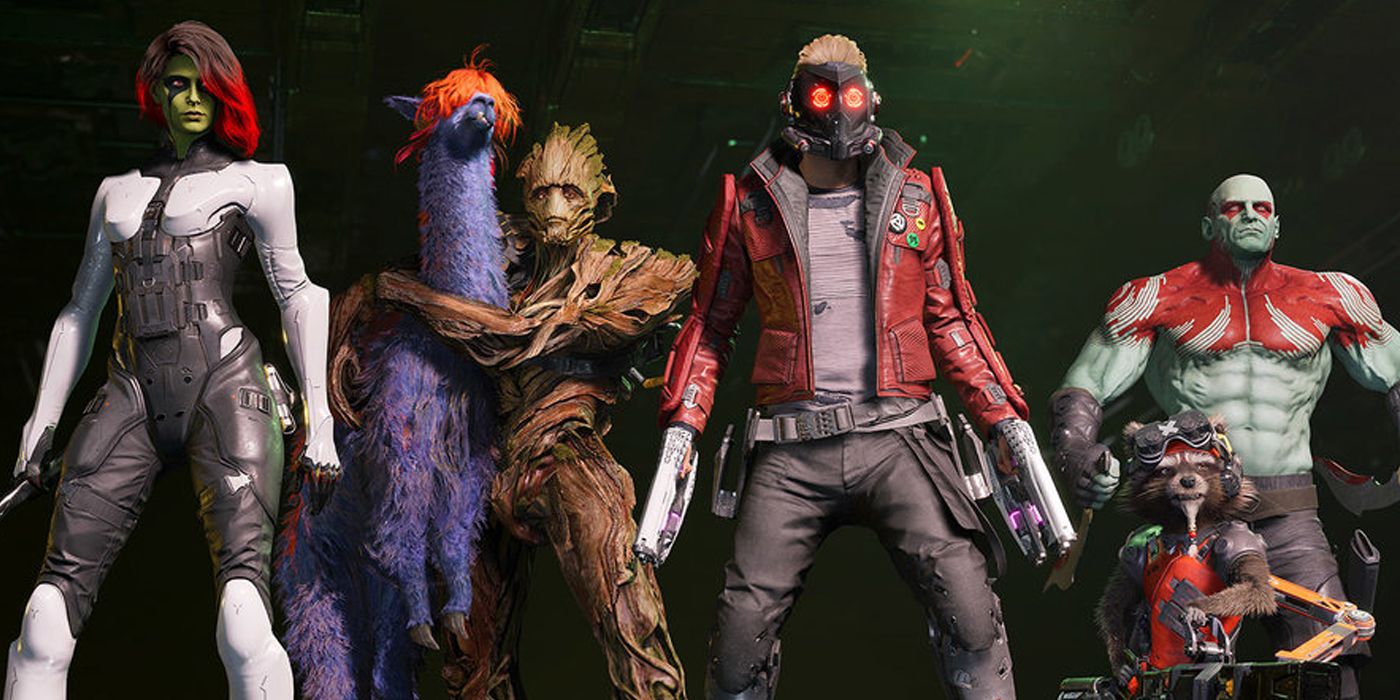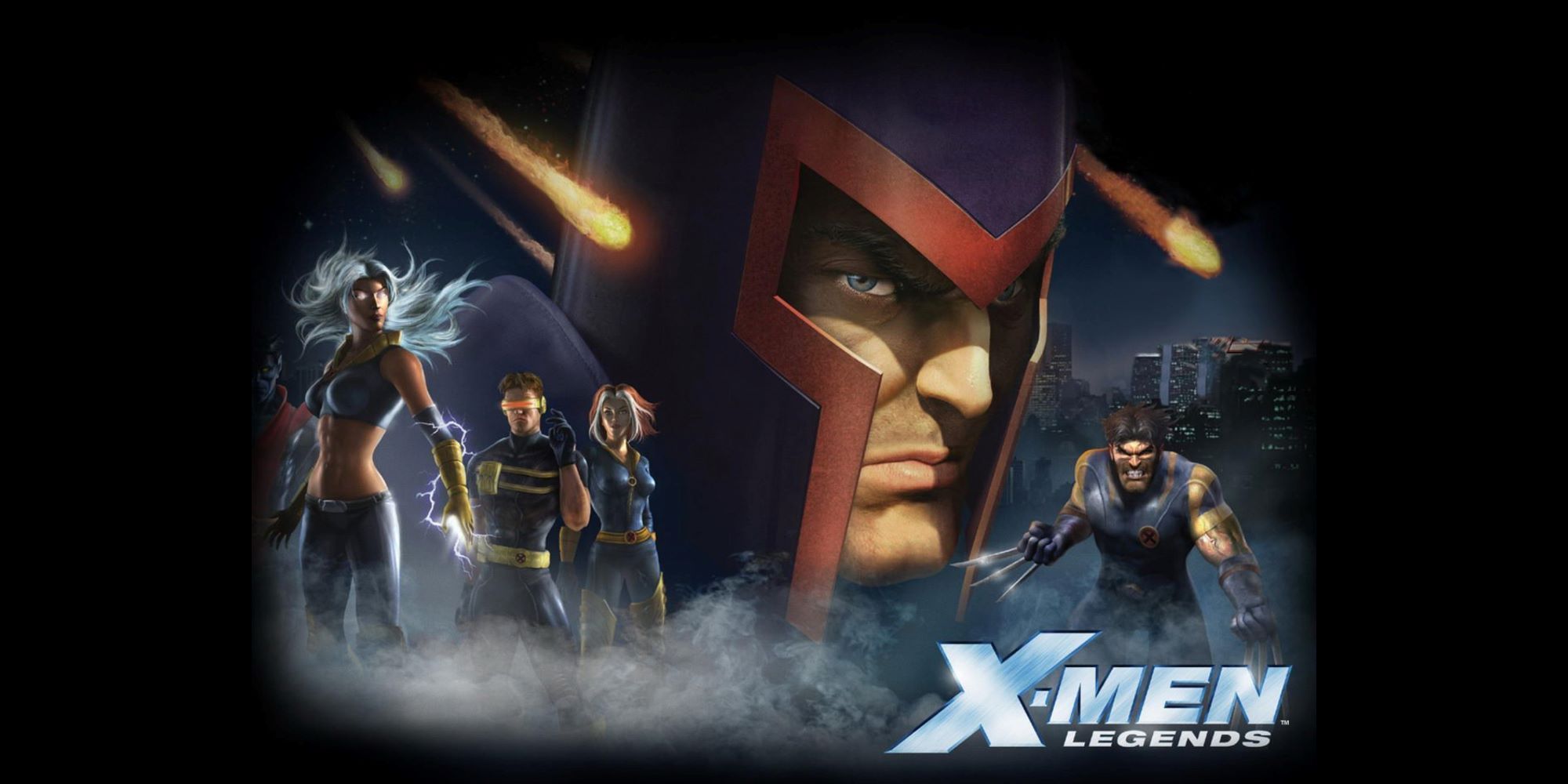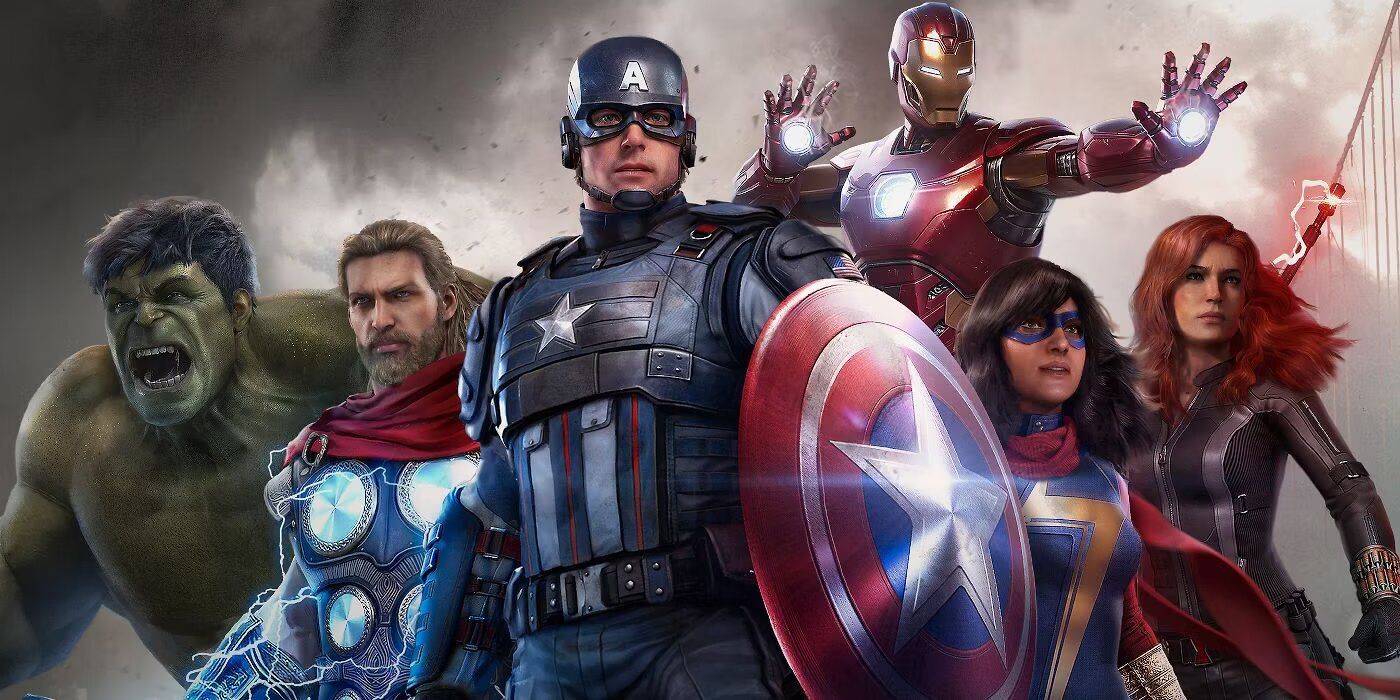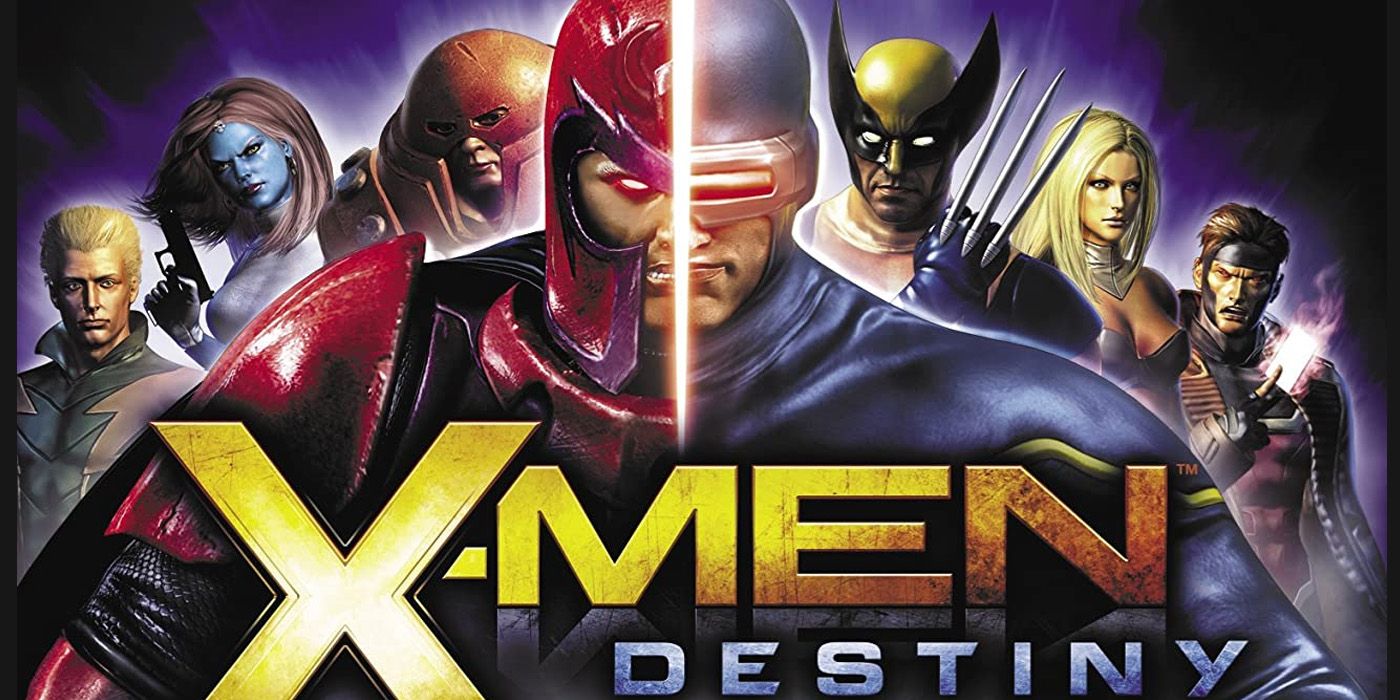Marvel has come a long way from its inception in 1939, rebranding from Timely Comics and Magazine Management to its current name in 1961. It has endured several setbacks along its path to greatness, sharing a place at the top tier of superhero franchises with rivals DC. These companies have battled for supremacy for decades, branching out from their days as comic book powerhouses to general media heavyweights. The DC vs. Marvel debate has evolved with the exploits of each company, from comic book sales to box office numbers and finally to video game ratings.
The first release of a Marvel video game came in the form of Spider-Man in 1982, released on the Atari 2600 to take advantage of the rapid rise of the video game industry. A host of games have followed since then, and fans of the franchise have eagerly anticipated every new release. Marvel prides itself on its ability to deliver quality content for its fans' entertainment, no matter the form of media. Its track record speaks for itself in the caliber of games they have put out consistently, churning out epic masterpieces through the years. However, even a perfectionist franchise like Marvel is not immune to some failures.
S-Tier
Marvel's Spider-Man (2018): As Marvel's flagship character, any release of Spider-Man comes with huge expectations from the fan base. Insomniac Games spent four years developing the game and they delivered spectacularly. The gameplay featured intense boss fights that tested the very limits of gamers' capabilities. The new web-swinging dynamics were appreciated by critics and gamers alike, the plot was well-written, and the world-building was incredibly detailed. The game was so beloved that many players would simply roam around the map between missions.
Many had been skeptical about what the release had in store, as perennial games hardly featured any actual new content. However, Insomniac built the world with careful thought, spending a lot of time developing supporting characters and involving the player in enough ordinary activities to get them attached to the storyline. Marvel's Spider-Man achieved ratings of 8.7 on IGN, 9.0 on GameSpot, and 87% on Metacritic, a rubber stamp of the game's greatness.
Marvel's Spider-Man: Miles Morales (2020): Miles Morales took the world by storm as the main character in the Oscar-winning movie Spider-Man: Into The Spider-Verse, and fans kept asking for more. Miles became a pop culture icon in the movie's aftermath, and Marvel couldn't resist giving his new fan base gaming material. Again, Insomniac did an amazing job on the swinging mechanics and animation in Miles Morales, combining these features with fantastic storytelling, just like in Marvel's Spider-Man.
Players got sucked into the characters as the game built interesting new relationships around Miles' character, with the developer careful not to replicate too much of the movie's content to give fans something new. Marvel's Spider-Man: Miles Morales is one of the premium superhero gaming options available on the market today, commanding its place in the S-Tier.
X-Men Legends 2: Rise of the Apocalypse (2005): Sequels to good games are usually very difficult to make. X-Men Legends was a great RPG, but X-Men Legends 2: Rise of the Apocalypse was better in almost every way. An upgraded version of its predecessor, Rise of the Apocalypse expanded on its gaming map and added new characters from the X-Men and the Brotherhood of Evil. The most popular addition for fans was the four-player online play, which proved to be a great multiplayer experience. Raven doubled the number of superpowers and made a more interactive game in general, keeping fans intrigued with the outfits and gear types. For a game that made its debut almost two decades ago, X-Men Legends 2: Rise of the Apocalypse punched above its weight, earning ratings of 8.5 on IGN and 82% on Metacritic.
A-Tier
Marvel's Guardians of the Galaxy (2021): Square Enix brought a game solely focused on single-player campaigns, which is something of a throwback in the modern days of the multiplayer-dominated gaming industry. It was a bold move, but one that fans enjoyed, thanks to the bulky campaign. Players can only control Peter Quill, and the gameplay will cost the average player a solid 20 hours to complete, but the storyline makes for an enjoyable experience. The dialogue is of the highest quality, and while Marvel's Guardians of the Galaxy is not necessarily a choices game, some decisions have an impact on the outcome of the gamer's experience. The combat system could have used some more work as it felt rather unchallenging to most players, and the level design appeared basic. Guardians of the Galaxy proved that single-player games don't have to be a thing of the past.
LEGO Marvel Super Heroes (2013): The LEGO series made its way to the Marvel universe with this title, and the release instantly became a hit in the gaming community. It brought a larger superhero lineup than the much-acclaimed LEGO Batman 2, with more playable characters and a well-delivered storyline based on collecting cosmic bricks before villains could get to them. Characters were switchable during missions, and each one felt like they were running their narrative. However, the flight system is notably uncomfortable, even for players who have spent considerable time on the game. Gamers who desire a challenge may want to try another title, but LEGO Marvel Super Heroes guarantees a fun time. The ratings of 9.0 on IGN and 79% on MetaCritic speak for its brilliance.
The Incredible Hulk: Ultimate Destruction (2005): At the time of its release, The Incredible Hulk: Ultimate Destruction was a pioneer for the Hulk character. The Hulk had previously received little attention in the video game industry, and this game served to change that. The development team improved upon its 2003 release, which received heavy criticism for its tiresome Bruce Banner levels, and ultimately decided to remove them in the sequel. This decision was a move that delighted fans. Vivendi Universal spent a lot of time developing the Hulk's fighting moves, and the game boasted of the Hulk having more combat moves than any other character in a fighting game at the time. Players could also spend time free roaming around the map, making for a great leisure experience.
B-Tier
X-Men Legends (2005): Fans of the X-Men franchise got treated to 15 playable characters in the first game of their favorite series. While the game didn't offer much in sound or visual quality, the combat mechanics were easy to master and enjoyable for players throughout the game's adventure. Occasionally, the playable characters committed accidental suicides due to errors in the gameplay, hampering the experience, but most of the game made for pleasant gaming. The plot was long, consisting of both story and bonus modes, serving as a solid foundation for its sequel.
X-Men Origins: Wolverine (2009): This game brings a lot of bloodshed to light, which is perfect for any fan of Wolverine. It is set in a time preceding the famous X-Men movies when Logan was on his mission for vengeance as a one-man wrecking crew. There isn't much by way of plot, but there is plenty of slashing with claws, as you would expect from the Wolverine. Raven Software did its best to unleash the beast within the character, and fans loved it. The attacks get repetitive as the game progresses, and the boss fights are not particularly noteworthy, but the action in X-Men Origins: Wolverine is enough to secure a highly rated spot among Marvel fans.
C-Tier
Captain America: Super Soldier (2011): Modeled after the success of Batman: Arkham Asylum, Captain America: Super Soldier set out to limit the gaming experience to a single location while giving fans epic combat mechanics. However, this attempt fell short by quite some distance. Basic enemies are too easy to defeat, and the boss fights are unremarkable. The combat mechanics - while good - leave a lot to be desired, and the graphics needed way more work.
Marvel's Avengers (2020): In the wake of the commercial success of Destiny, Marvel released their own action-looter game with the expectations that the Marvel universe would surpass all competitors and rise to the top of the pile. That did not happen, as while Marvel's Avengers is a good game in its single-player mode, the endgame loot system was too messy, repetitive, and unrewarding. The combat mechanics were great, and the superhero element was refreshing, but the shabby loot system combined with the sheer amount of bugs proved too much for gamers to stand.
D-Tier
The Amazing Spider-Man 2 (2014): Spider-Man games are usually fun. It's hard to mess up the thrill of shooting webs and swinging from skyscrapers across New York City. Somehow, The Amazing Spider-Man 2 ruined this experience with too many Peter Parker segments, technical glitches, a complete lack of a plot, and boring combat. The presence of so many errors could be blamed on the game's rush to coincide with the movie release, which is usually a recipe for disaster. Critic scores of 5.4 on IGN and 49% on Metacritic tell the story of fan perception.
X-Men: Destiny (2011): This game had a lot of hype before its release, so much so that some enthusiastic gamers were expecting X-Men: Destiny to be a contender for the Game of the Year. However, fan expectations got let down by poor design and frustrating gameplay. While trying to implement a choice system, the game was not impacted by players' choices at all. The execution was abysmal, the missions were repetitive, and the combat system required almost no strategy except button mashing. It failed to live up to its billing in nearly every category, disappointing fans worldwide.

